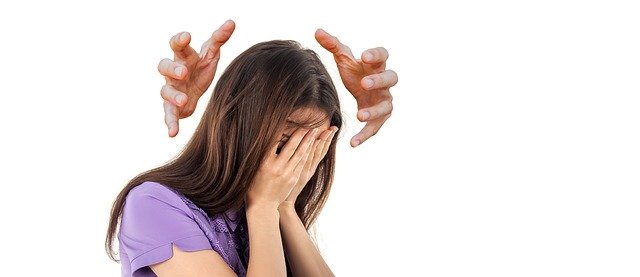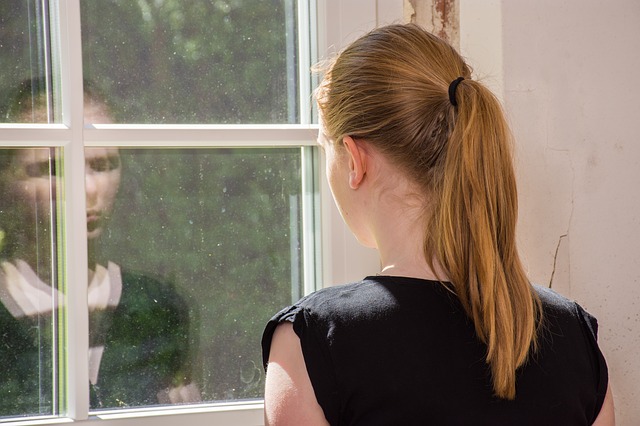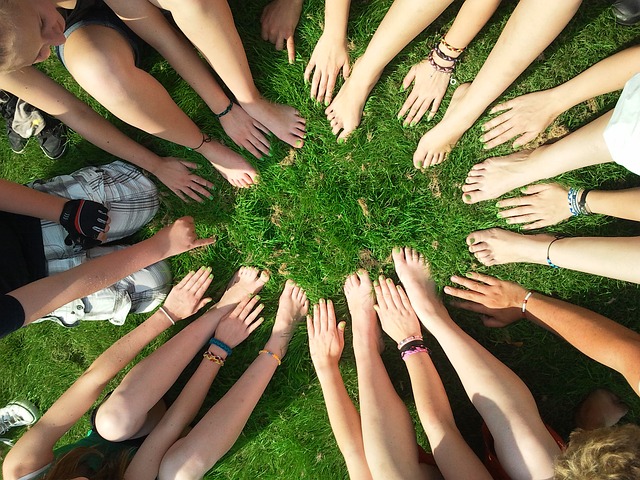Many people have been thrust into the situation of working from home because of the Coronavirus and related Government restrictions on movement and contact. As a result, numerous people are ill-prepared for the challenges and opportunities involved. However, there is plenty of advice available through blog posts, videos and podcasts to help us acquire the necessary information to work effectively from home. There are also specific suggestions for particular groups of people, e.g. teachers working from home and working from home with kids. Many of these sources of information stress the need to stay mentally healthy as well as look after your physical welfare. Here are some strategies to achieve both effectiveness and sound mental health.
Strategies for working from home healthily for mind and body
The pattern you create needs to meet your personal preferences (e.g. a morning person vs. night person), your lifestyle, family situation and location. Here are some suggestions that may help you to make choices that are relevant to your needs and those around you:
- Negotiate arrangements – this entails reaching at least a tentative agreement at the outset with other affected parties such as your boss, you partner and your colleagues – having some clear understandings and groundrules at the outset can pave the way for a relatively smooth transition to working from home and avoiding unnecessary conflict at a time when everyone is feeling stressed. If you have a partner living at home with you, it pays to negotiate arrangements about working space, quiet time, coffee buying or making and eating arrangements (e.g. getting your own breakfast and lunch but sharing dinner preparation and eating). It is often the little things that can bring daily angst if they are not sorted out early. If you have had an extended marriage or living together arrangement, groundrules get established unconsciously and it pays to explore how these might change with one or both of you working from home.
- Establish a routine: this gives you a sense of agency, the feeling that some aspects of your life are under control when everything else is changing constantly and creating uncertainty and anxiety. It is strongly suggested by many authors that you maintain your daily routine of getting ready for work (e.g. showering, getting dressed well, and beginning work at a set time). I think some flexibility here can be healthy without jeopardising your ability to work effectively and not waste time. You might, for example, wear more comfortable clothes, introduce a morning exercise routine (to take advantage of the time saved in not having to travel to work), occasionally sleep in when you feel tired from the extra stress created by the Coronavirus) and take time for conscious reflection (e.g. writing a journal about what you are experiencing and how you are responding). Sleep is particularly important at this time to enable your body and mind to recuperate from the stresses that you will be experiencing.
- Develop an exercise program: physical exercise reduces stress and builds positive mental health. It is wonderful to see so many people making the most of their additional time at home to walk, run or ride in the open (particularly along the bayside where I live). Yoga and Tai Chi, offer physical, mental and emotional benefits in these times of stress and anxiety. Getting some fresh air is important – there can be a tendency with social isolation and safe distancing to become stuck in your home and not take in the benefits of time spent mindfully in nature. Activity is a great antidote to anxiety and depression.
- Don’t sweat the news: in times of uncertainty, there is a strong tendency to become obsessive about news reports (via newspapers, emails, social media or podcasts). This not only dissipates your focus but also exacerbates difficult feelings of anxiety, depression and loneliness. Obviously, some information is important to know (e.g. available relief packages for individuals or businesses and Government advice/directives/legislation relevant to the Coronavirus). Experts in the area of mental health suggest that establishing a set time or times during the day for catching up on the news can be a useful way to proceed (do you really have to be the first to know?). It also pays to take note of the positive news, e.g. the many random acts of kindness that are occurring everywhere in the world as people struggle to cope with the present crisis.
- Stay connected: with your work colleagues and boss – establish a routine for checking-in (preferably daily) as well as strategies to effectively employ electronic communication for planning, sharing and product/service development. There is a need here to maintain the balance between work and task – not oversharing social information but not being overly focused on work alone. Some work-from-home groups institute a set time each week to share recipes, a virtual lunch experience or happy hour, a sing-along or coping strategies.
- Undertake special projects: there are often work-related, home-based projects that have been put off because of lack of time or prioritising. These projects can improve your work-from-home situation and enhance your productivity. They could involve, for instance, clearing up the clutter in your “office”, strengthening the security of your computer system, improving recycling in the home (including disposal of sensitive work information) or establishing a home-based coffee-making machine or a filtered water system such as the Zanzen Alkaline Water System.
Elizabeth Gilbert, author of Big Magic: Creative Living Beyond Fear, recently participated in a Ted Connects© interview and provided deep insight and very sound advice about dealing with the overwhelm of the current Coronavirus crisis. She advices strongly against substituting the busyness of the workplace environment with a new form of busyness in the working from home environment. Elizabeth argues that we spend so much time running away from ourselves, not fronting up to ourselves including our fear and anxiety. She argues that the present situation of enforced or voluntary working from home creates a wonderful opportunity for developing self-awareness and self-regulation through meditation, mindfulness practices and reflection. Often our greatest, unconscious fear is being-alone-with-our-self. We seek distractions and fill up our time with multiple tasks only to find that we have no time to truly find ourselves.
Reflection
The current working from home situation that many of us face has inherent challenges and opportunities compounded by the requirements around social distancing, safe distancing and avoidance of unnecessary travel (local and international). Clarifying working arrangements, establishing a routine, developing an exercise program, avoiding obsessing over the news, staying connected and undertaking special projects that enhance a sense of control over your environment, are all important for a healthy mind and body.
However, the real challenge and opportunity lies in developing self-awareness and self-management through meditation, mindfulness practices and reflection. As we grow in mindfulness, we enhance our focus (at a time of intensified distraction), our resilience (at a time of extreme mental and emotional stress), our creativity (when we appear lost for personal and community solutions) and our compassion (when so many people worldwide are suffering and grieving). In all of this turmoil and uncertainty, there lies the opportunity to truly find ourselves.
________________________________________
Image by Igor Ovsyannykov from Pixabay
By Ron Passfield – Copyright (Creative Commons license, Attribution–Non Commercial–No Derivatives)
Disclosure: If you purchase a product through this site, I may earn a commission which will help to pay for the site, the associated Meetup group and the resources to support the blog.









